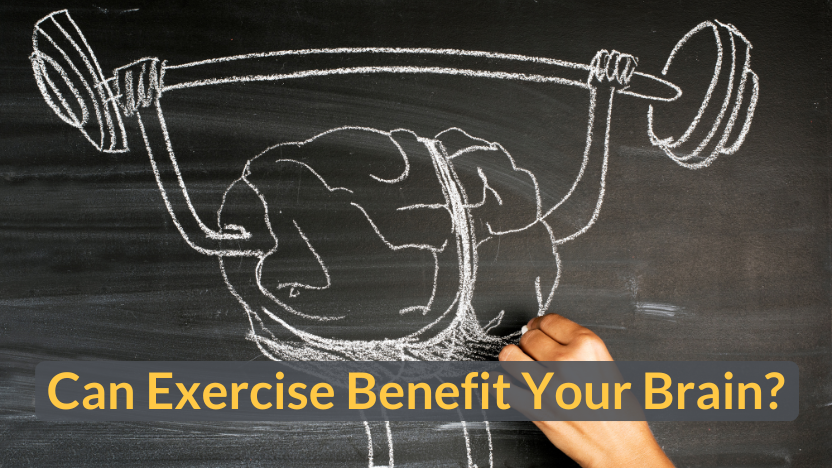Exercise and Brain Power
Posted by EyePromise on Feb 6th 2025
Exercise is a staple in a healthy lifestyle. Whether it’s as intense as CrossFit or as light as a 15-minute walk, consistent movement is the name of the game. Exercise does wonders for the body, like helping to keep joints mobile, strengthening muscles, and activating important hormone production. Furthermore, studies show that steady exercise routines can also help sharpen your mind.
Exercise’s Effects On the Brain
Exercising has been linked to several cognitive benefits. One study showed that the parts of the brain that are responsible for thinking and memory are actually larger in volume in those who exercise regularly. Additionally, exercise has been demonstrated to help facilitate neuroplasticity, or the brain’s ability to grow new synaptic connections and reorganize as needed. This can result in improvements in:
- Problem solving
- Emotional balance
- Attention and focus
- Learning
Adults who remain active have also demonstrated a reduced risk cognitive decline due to higher levels of proteins in the brain that enhance the connections between neurons. Health concerns associated with detrimental cognitive decline are twice as common in adults who are inactive compared to their active counterparts.
Exercise has also been shown to boost the brain functions related to mood and sleep, which correlates to reductions in anxiety and stress. Additionally, sleep is a critical time for the brain to solidify and repair its neuronal connections, which reinforces exercise’s enhancement.
Best Exercises
It’s recommended that adults get at least 150 minutes of moderate-intensity physical activity or 75 minutes of vigorous exercise weekly. This does not have to happen at one time and can look like:
- 22 minutes of exercise 7 days a week
- 30 minutes of exercise 5 days a week,
- 5-minute bouts 8 times a day 4 days a week
After considerable review, we’ve compiled a list of the best exercises for improving your brain function. We’ve listed them in order from least to most effort. One important note: try to get outside for some, if not most, of these activities. Studies show that simply taking an activity outdoors can improve performance and increase a neural response commonly associated with attention and working memory.
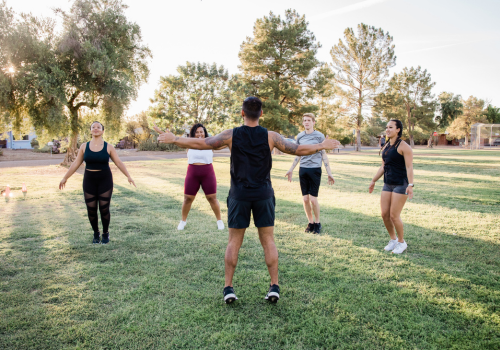
Take Active Breaks.
The first recommendation is to build active breaks into your day. This can look like squatting or marching in place while watching TV. There are even workouts geared towards commercial breaks! You can add a 30-second plank every 30 minutes while you work from home or do pushups while you wait for your toast to pop. This can even be as simple as practicing standing on one leg and engaging your core for improved balance and leg strength.
Identify Opportunity for Activity In Daily Life.
There are tons of opportunities for increasing activity in the day-to-day. Grocery store run? Try parking further away from the store to get those steps in. Appointment on the fourth floor? Take the stairs instead of the elevator. Even daily chores can count towards your physical activity goals. Think of chores like:
- Raking leaves
- Mowing the lawn (with a push mower)
- Vacuuming
- Mopping
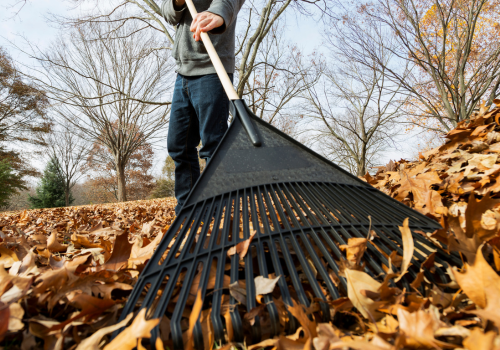
Now, you won’t have those opportunities every day, so it’s important to find other ways to stay active.
Incorporate Walking.
Simply walking can have immense benefits for your body and mind. Whether it’s a few times a day or one longer session, adding walking to your daily routine can be an easy and enjoyable way to log your activity minutes. The Center for Disease Control and Prevention suggests that walking dogs increases the number of active minutes by 22 minutes daily on average, but you don’t need to own a dog to walk a day. Volunteering at a local shelter can be a win-win, or you can even offer to walk your neighbor’s pet.
A popular item in many households today that makes active breaks even easier are walking pads. These tempered-down treadmills are often used under desks or in front of televisions to help the user get in a walk while doing a typically stationary activity. The best part? They can be far less expensive and take up less room than a traditional treadmill, making them ideal for nearly any home.
Try Tai Chi.
A practice that involves a series of slow, steady movements and postures and controlled breathing, tai chi can be a favorite among those who are limited in movement or space. Originating as a martial art in China, it’s transformed into a more rehabilitation and health-focused activity. Tai chi may be a powerful aid in reducing falls in older adults, as it promotes balance, strength, and bodily awareness.
Additionally, a 2023 study found that tai chi mixed with cognitive challenges like thinking, listening, and speaking improved brain functions like:
- Working memory
- Executive function
- Attention
- Language
- Visuospatial abilities
- Orientation
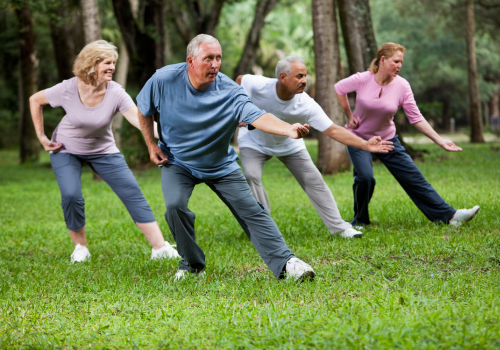
Find a Rhythm.
Experts say that dancing can be an excellent way to get some exercise without it feeling like exercise. Some gyms and community centers offer Zoomba classes, which are coordinated dance-related exercise classes, but you can also find some online. However, you can fulfill your activity need by simply popping on your favorite playlist and getting groovy for a few songs a day!
Why Not Yoga?
Similar to tai chi, yoga utilizes various postures and breathing techniques to promote a healthy body, mind, and spirit. Originating in India, yoga has been shown to improve flexibility, strength, balance, and posture while reducing stress and anxiety. There are tons of programs to follow online, from beginner to advance, but there are likely local yoga studios or classes in your area if you prefer an in-person experience. Yoga practices also vary in length, making it easy to fit into any schedule.
Weigh In On Weight Training.
Weightlifting, also known as resistance training, has lots of overall health benefits like improved strength, stability, muscle growth, joint support, and more. It’s also linked to positive cognitive outcomes like improved associate memory, decision making, and mental agility. However, it can be intimidating to get started. This article provides some useful tips for beginners, or you can find a personal trainer to help you get started.
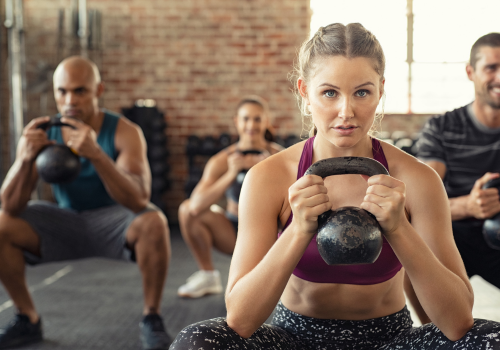
How About High-Intensity Activity?
If you’re looking to shorten your exercise time, high-intensity activities require just a few minutes a day (think 6 to 7 minutes) to see improvements in memory, planning, and organizational skills. High-intensity activities are categorized by an increased heart rate and breathing to where talking is difficult during the exercise. Remember, this looks different for everyone, so please be mindful of where that line is for you and don’t push it too hard.
Additional Cognitive Support
Along with their critical role in eye health, dietary zeaxanthin (zee-uh-zan-thin) and lutein (loo-teen) are also found in the brain. These key antioxidants have been linked to improvements in brain health, specifically memory, focus, and reaction time. Learn more about zeaxanthin’s role in improving cognitive health.

Science shows that it’s never too late to start supporting your body and brain with exercise and nutrition! Physical therapist Christy Ross, PT, DPT, shared, “Anybody at any age can get the benefits from adding exercise [and proper nutrition] into their life.”
How are you going to add these two important health benefits to your daily life?

